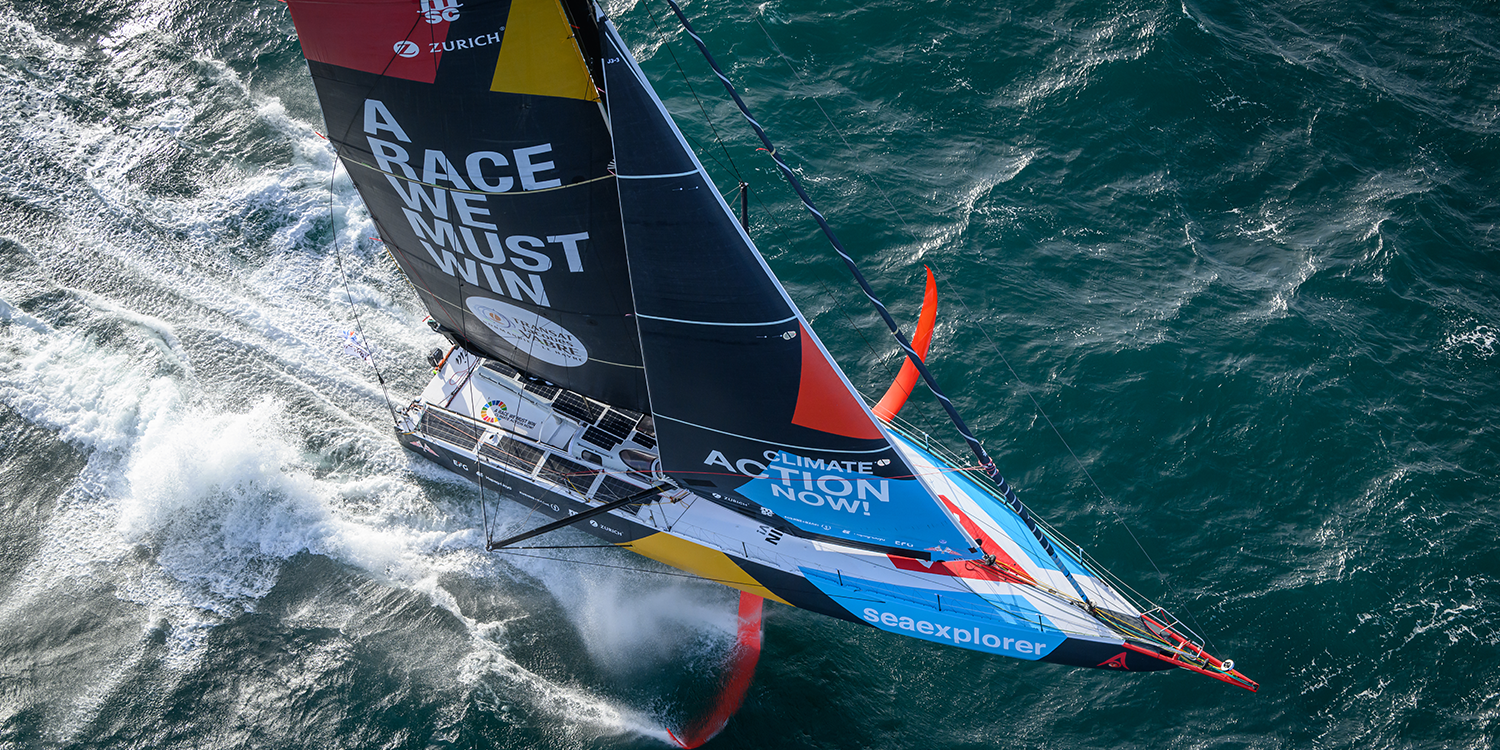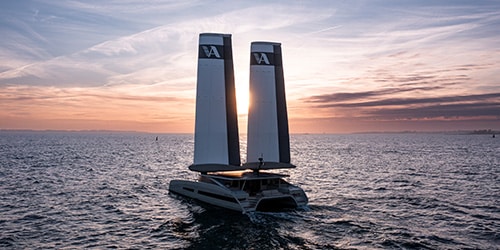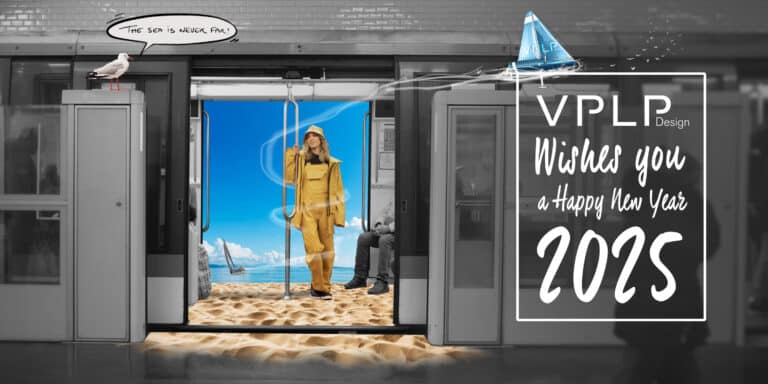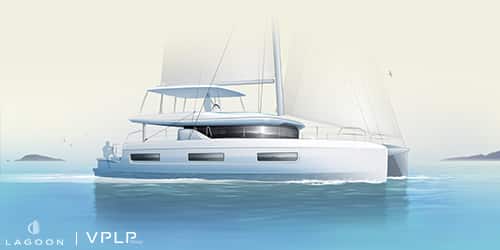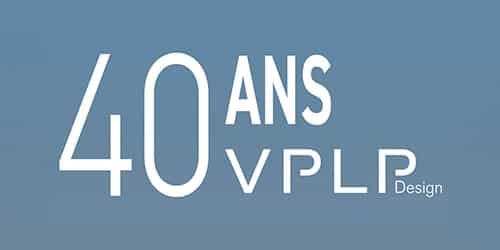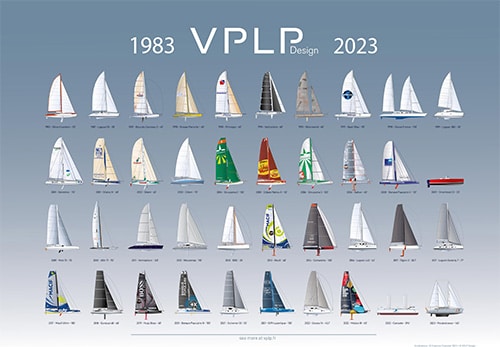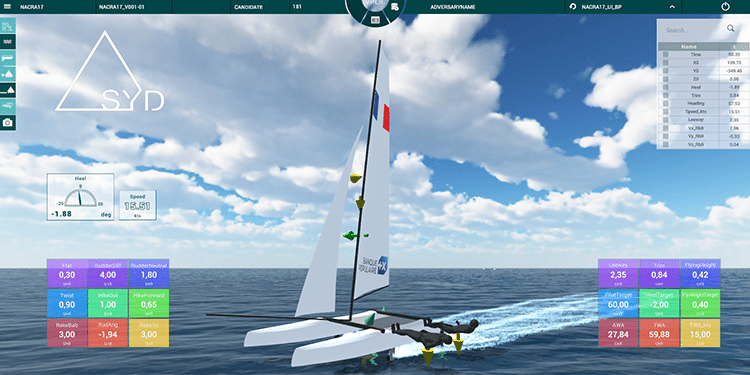Drawing on the lessons learned from The Ocean Race and the Transat Jacques Vabre Normandie–Le Havre, the architects at VPLP Design continue to research and refine their vision of the ideal IMOCA for the next but one edition of the Vendée Globe. Partner naval architects Quentin Lucet and Antoine Lauriot-Prévost, the latter having sailed on Justine Mettraux’s Teamwork.net for the boat’s return passage, give their analysis.
Following a Transat Jacques Vabre Normandie–Le Havre rich in experience, Retour à La Base, which has just concluded at Lorient, will provide the IMOCA crews with additional information on the solo handling of these boats which, in less than a year’s time, will be lining up for the start of the tenth edition of the Vendée Globe. “On the structural aspects the results are generally good, but we saw that certain boats didn’t reach the finishing line scot-free,” says Quentin Lucet. “We are pleased that we made solidity a design priority for Malizia-Seaexplorer because she has completed one circumnavigation and two transatlantic crossings without any trouble.”
As for performance, the latest generation IMOCAs clearly demonstrated that they had an advantage reaching in a breeze, their crews trimming the sails and managing the foils to best effect. Average speeds recorded when reaching VMG in winds stronger than 20 knots – averaging 23 knots over extended periods – demonstrated the gains generated by the new hulls with their flatter forefoot, something that Malizia-Seaexplorer proved amply during The Ocean Race, in particular in the South Seas.
“We weren’t especially surprised by the average recorded speeds,” says Antoine Lauriot-Prévost, “but it’s only right to congratulate the crews who managed to drive the new boats at an extremely fast pace. A shout-out to Thomas [Ruyant] and Morgan [Lagravière] who managed to make a difference spending hours at the helm, but the six boats that arrived after the winners [including Teamwork.net and Malizia-Seaexplorer, both designed by VPLP Design] didn’t have much distance between them.”
Foils demand constant reinvention
Retour à La Base and the single-handed events scheduled for 2024 – The Transat CIC, New York Vendée–Les Sables d’Olonne, and the Vendée Globe – will provide additional information on the levels of performance that solo skippers can achieve. “The goal is to find the most versatile foil configurations that can produce the highest average speeds,” says Quentin Lucet. “We have done a colossal job on the simulator over the last year to develop an updated version of the 2023 foils which were fitted, in particular, to Groupe Apicil. The design that will be fitted to Teamwork.net this winter is very similar. It favours an early lift-off through total immersion followed by self-stabilization thanks to the special geometry and structure.”
SYD, the simulator developed in-house by VPLP Design, was used to study a multitude of appendage shapes that currently appear on racing sailing boats. “The geometry and the curve radii of the shafts are becoming more uniform today, but there are still plenty of variations when it comes to the tips,” says Antoine Lauriot-Prévost. “And then there is everything that we don’t see, such as the sections and the distortions under load.” The simulator work allowed us to establish average figures and values, drawn from systematic studies on a typical Vendée Globe route, and to make projections beyond the forthcoming edition. “Work on designing the new boats is going to start before the next Vendée Globe,” says Quentin Lucet. “You need to be ready to meet the demand.”
Several teams aiming for the 2028 Vendée Globe and/or The Ocean Race 2026/2027 are already working on new generation IMOCAs which should comply with the “carbon cap” which the IMOCA class voted for last October and which will come into force next April. VPLP Design teams are currently working on a comparative study of the use of moulds and tools, the types of fibre used and the building methods used for hulls and appendages with a view to limiting the carbon footprint of the sector.
This in-depth study coincides with a need to remain in contact with performance-focused teams, and therefore to go aboard the boats regularly. “Sailing the boats allows us to enhance our knowledge,” says Antoine Lauriot-Prévost, “but it also ensures we speak the same language as the teams. This is true for everything relating to the handling of the appendages, obviously, but it also provides us with data for the sequencing of all the manoeuvres to ensure the best positions for the fittings. The IMOCAs have become very complex and codified, which means that when it comes to performance, the difference resides in the details.”
